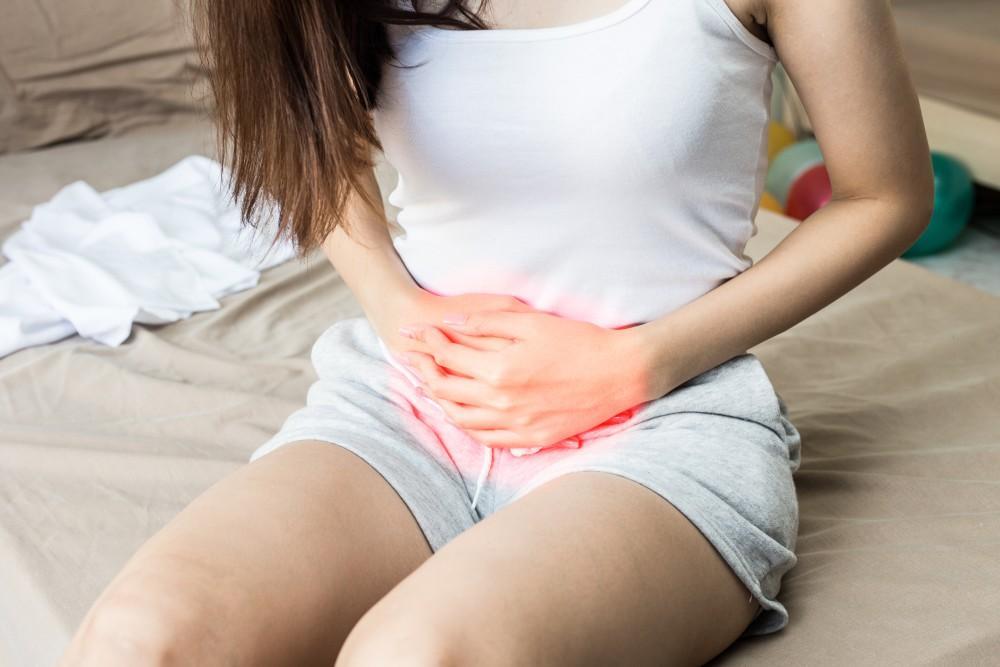
Do I Have Kidney Stones or a UTI? How To Tell the Difference

Your urinary tract runs from your kidneys to your urethra. It’s an essential system that processes and eliminates liquid waste, but it’s also susceptible to some common — and painful — health issues.
Urinary tract infections (UTIs) and kidney stones are two conditions that affect the urinary system. They can have similar symptoms, but they have very different causes and treatments.
It’s important to know how to tell the difference between the two so you can seek the appropriate treatment, and our team at Advanced Urology is here to help. Read on to learn more about the signs and symptoms of kidney stones and UTIs, and what to do if you think you have either.
Signs and symptoms of kidney stones
Kidney stones are hard mineral deposits that form in your kidneys, usually from substances like calcium, oxalate, or uric acid. They vary in size and shape, from the size of a grain of sand to the size of a ping pong ball.
About 10% of people get kidney stones during their lifetimes. When kidney stones move from your kidneys into your urinary tract, they can cause intense pain. You might feel the pain in your back, side, or lower abdomen.
Kidney stone pain may be severe enough to cause nausea, vomiting, sweating, chills, or a fever. Other symptoms can include frequent urination, a persistent need to urinate, or blood in your urine.
Signs and symptoms of a UTI
A UTI, on the other hand, is an infection that occurs in any part of your urinary system. About 60% of women and 12% of men get at least one UTI in their lives.
UTIs are caused by bacteria that enter your urinary tract and multiply. The infection can spread to any part of your urinary system, including your urethra, bladder, ureters, and kidneys.
The most common symptom of a UTI is a burning sensation or pain when you urinate. Other symptoms include frequent urination, an urgent need to urinate, cloudy or strong-smelling urine, and lower abdominal pain.
Sometimes, UTIs don’t cause noticeable symptoms. This is more common in older adults or people with weakened immune systems.
Telling the difference between kidney stone and UTI symptoms
If you have abdominal pain or urinary symptoms, it’s not always easy to pinpoint the cause — especially if you’ve never had kidney stones or a UTI before. Some symptoms are similar, but there are a few key differences to look out for.
UTI pain typically develops in your lower abdominal area, while kidney stone pain is more common in your back or side. UTIs cause a painful, burning sensation when you urinate, while kidney stone pain is usually sharp and stabbing. UTIs are also more likely to cause frequent urination and cloudy or strong-smelling urine, while kidney stones are more likely to cause bloody urine.
What to do about urinary tract pain
No matter your symptoms, you shouldn’t ignore urinary tract pain. If you suspect you have a UTI or kidney stones, make an appointment with us as soon as possible. Our expert team at Advanced Urology offers prompt diagnostics and treatment to help you start feeling better.
We review your symptoms and your medical history, then do tests to reach a diagnosis. A urine test can help diagnose a UTI, while imaging tests such as a CT scan or ultrasound can diagnose kidney stones.
Treatment for UTIs typically involves a course of antibiotics to kill the bacteria causing the infection. You should start feeling better within a few days, but it’s important to take all of your antibiotics as prescribed. Drinking plenty of water and avoiding caffeine, alcohol, and spicy foods can also help relieve your symptoms and prevent future UTIs.
Treatment for kidney stones depends on the size and location of the stone or stones. Small kidney stones may pass on their own, while larger stones may require medical intervention.
Depending on your needs, we may recommend extracorporeal shock wave lithotripsy or surgery to remove your kidney stones. Drinking plenty of water and avoiding foods high in oxalates, such as spinach, beet greens, and chocolate can help prevent future kidney stones.
Both UTIs and kidney stones are common, but they have very different causes, symptoms, and treatments. If you think you might have a UTI or kidney stones, don’t wait to get help. Call Advanced Urology or send us a message online to get started. We have offices in Culver City, Los Angeles, Redondo Beach, and San Pedro, California.
You Might Also Enjoy...


Here’s Why Prostate Cancer Screening Matters So Much

How Does Rezūm™ Treat an Enlarged Prostate Gland?

5 Simple Lifestyle Changes to Help Avoid Chronic UTIs

GreenLight™ Laser Therapy: How It Alleviates BPH Symptoms, and What to Expect From Treatment

